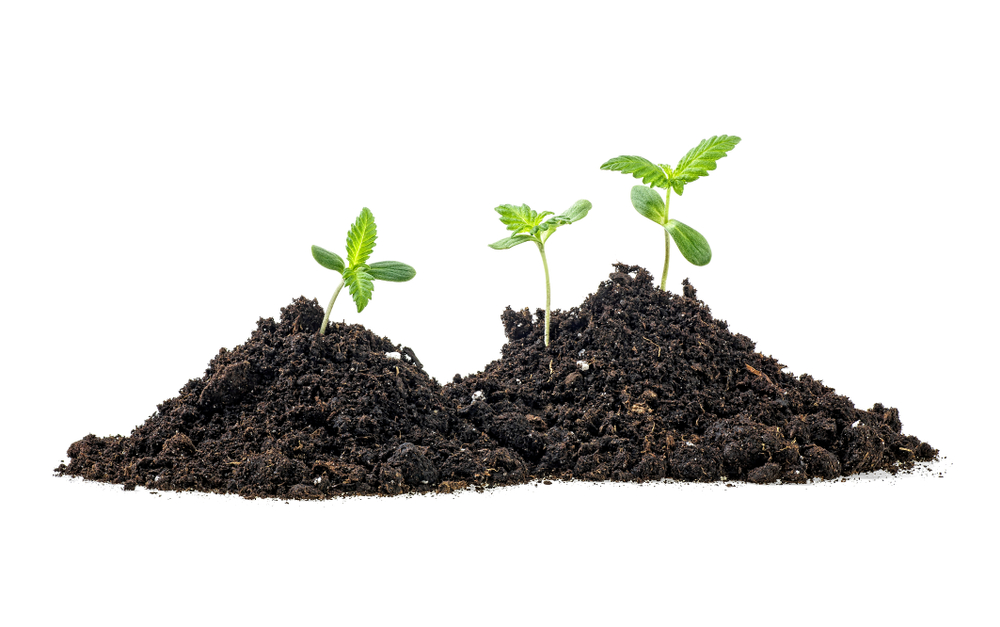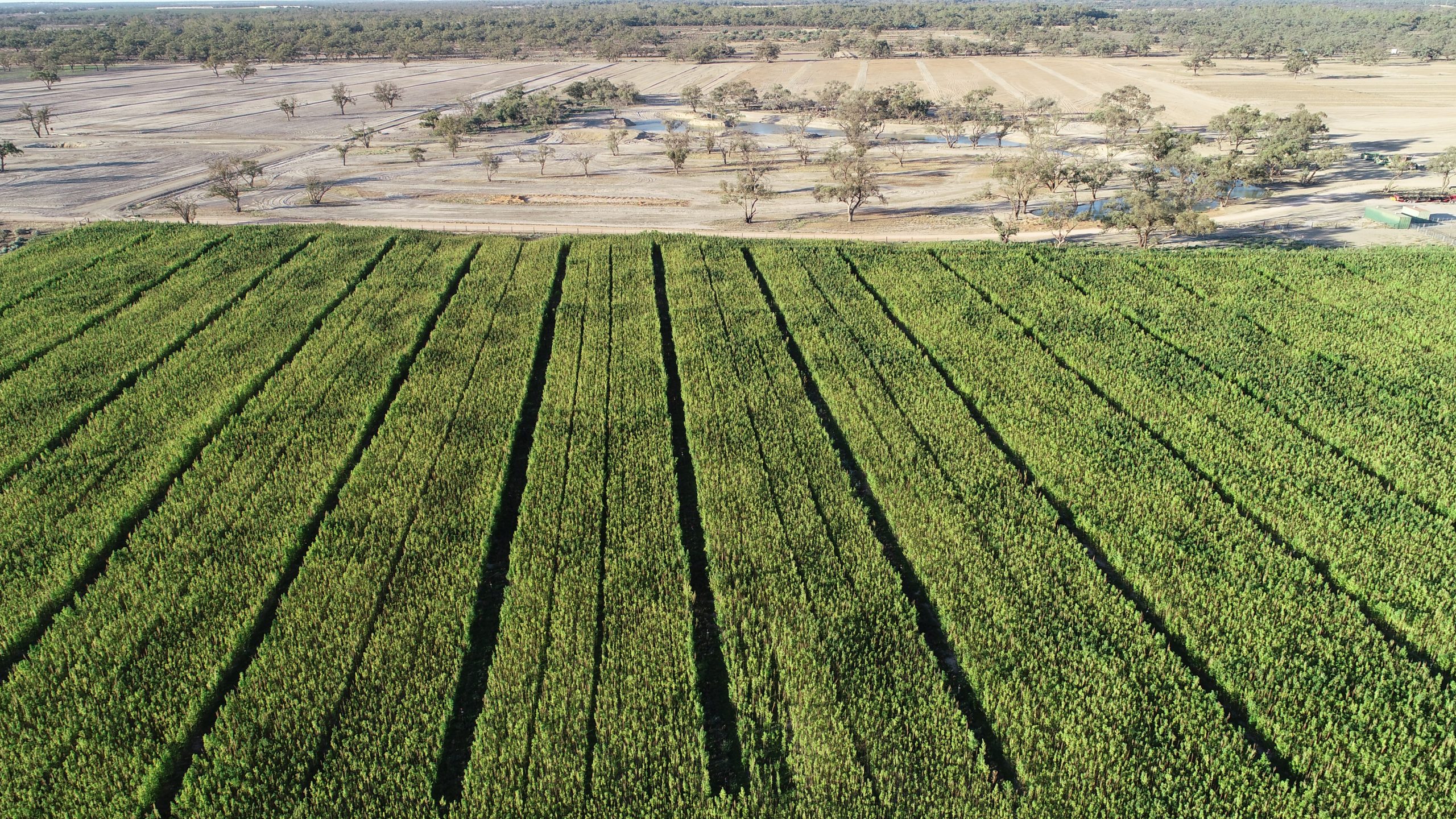Soil contamination is increasing at an alarming rate due to a number of human activities such as the release of industrial effluents, municipal wastes and waste sludge enriched with heavy metals and chemicals that contaminate surrounding environments and farming regions. Once these contaminates are enriched in our soils, they will remain a potential threat to sustainable crop production for many years.
The Phytoremediation method is an environment friendly and cost effective technology, many plant species have the ability to grow on contaminated soils and some are able to accumulate high concentrations of heavy metals in their tissues. To promote and enhance phytoremediation, it is key to find hyper-accumulator plants that have the ability to grow fast and accumulate high levels of soil contaminates like heavy metals. Currently, more than 400 species of hyper-accumulator plants have been reported in botany literature. Ideally, a plant should have high yet fast biomass production, a high tolerance to heavy metals stress and capable of accumulating high amounts of contaminants.

Hemp (Cannabis sativa L.) is an annual crop used in both food and non-food industries, it is one of the most suitable and viable bioaccumulator. There are certain characteristics to hemp which make it very suitable for phytoremediation such as high biomass, long root system and a short life cycle of 120-160 days. On top of this, hemp has the ability to absorb very high amounts of heavy metals like lead, nickel, cadmium, zinc and chromium. The deep root systems of the hemp plant encourages aeration in the soil whilst absorbing contaminants and dispersing organic matter.
One of the greatest examples of this was in the late 90’s, Phytotech began experimenting with industrial hemp in polluted and contaminated regions of Ukraine. Phytotech was then able to use hemp to remove radioactive waste across Europe with great success at the Chernobyl site. Globally, there are millions of sites that require phytoremediation, whilst remediating soils these crops are sequestering large amounts of carbon from the atmosphere and dispersing it back into the soil. In regards to Australian soils, our mining sector have experienced many years of favourable resource yields yet lacked environmental responsibility which has resulted in large areas of damaged, contaminated and useless land.

Image: Intense Fibre & Biomass Production (Hemp Farms Australia, QLD – 2021)
It goes without saying that hemp used for phytoremediation purposes should not be used for food or cannabinoids, although it can be used for for biofuels. These biofuels are made from the plant’s cellulose which makes up 80% of the hemp plant, a great plant for biofuel production with correlating benefits in phytoremediation. Although little research has been conducted on how hemp stacks up against other plants in regards to biofuel efficiency and viability, current trials and research projects hope to deliver data driven results to prove this.
Written by: Lauchlan Grout – Co Founder Hemp Farms Australia
References
Phytoremediation potential of hemp (Cannabis sativa L.): Identification and characterization of heavy metals responsive genes – Rafiq Ahmad1, Zara Tehsin1, Samina Tanvir Malik2, Saeed Ahmad Asad3, Muhammad Shahzad1, Muhammad Bilal, Mohammad Maroof Shah and Sabaz Ali Khan.
Department of Environmental Sciences, COMSATS Institute of Information Technology, 22060, Abbottabad, Pakistan
Department of Botany, University of Agriculture, Faisalabad, Pakistan
Center for Climate Research and Development, COMSATS University, Chak Shahzad, Islamabad, Pakistan
